
The PETROFF (or Russian) DEFENCE.
Named after Alexander PETROFF, a nineteenth century Russian player.
It's a safe, solid, but not very exciting choice for Black.
But there are a few traps you have to avoid.


|
Which of these moves would you choose for White?
 Qd1-e2 Qd1-e2
 Qd1-f3 Qd1-f3 Qd1-g4 Qd1-g4
 Qd1-h5 Qd1-h5 

|

|
Yes, it's a DISCOVERED CHECK. The Knight move DISCOVERS CHECK by the White Queen and at the same time THREATENS the Black Queen. Black is going to end up a queen for a knight behind. 
|
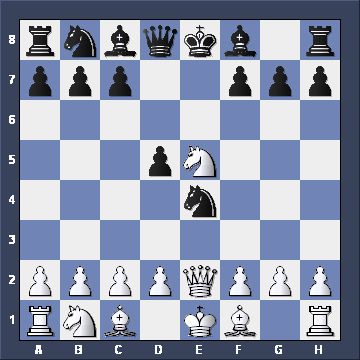
|
Here's your position - what now for White?  Nb1-c3 Nb1-c3
 d2-d3 d2-d3 f2-f3 f2-f3
 Qe2-b5+ Qe2-b5+ 

|
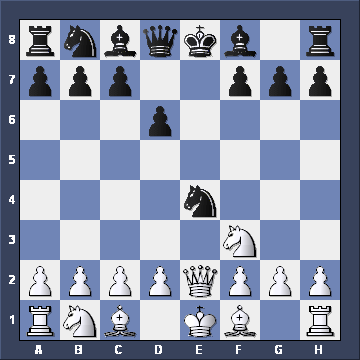
|
Tell me something. You've probably noticed that the Black Knight is THREATENED. What should he do about it?  d6-d5 d6-d5
 Bc8-f5 Bc8-f5 Qd8-e7 Qd8-e7
 f7-f5 f7-f5 

|

|
He MUST block the e-file and break the PIN. If you chose ANY of the other moves, you'll lose a Knight. Let's find out why. 
|
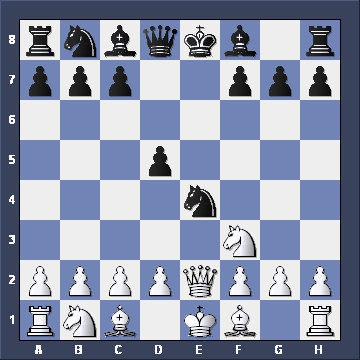
|
We'll give Black the move d6-d5 (the other alternatives would have been met the same way. It's over to you to tell me White's next move.  




|
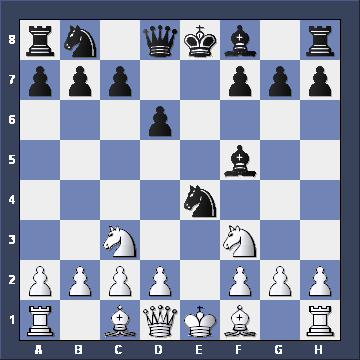
|
Here's the position - can you find the move to beat a world champion?
 




|
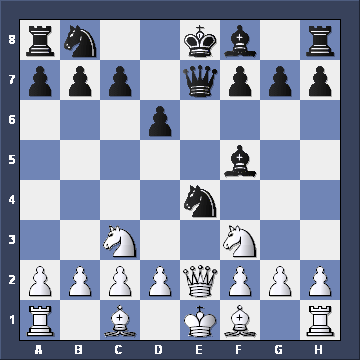
|
Well, here's the position after Qd8-e7. Can you find White's killer move here?  




|

|
What should Black play in this position?  




|

|
 




|

|
|